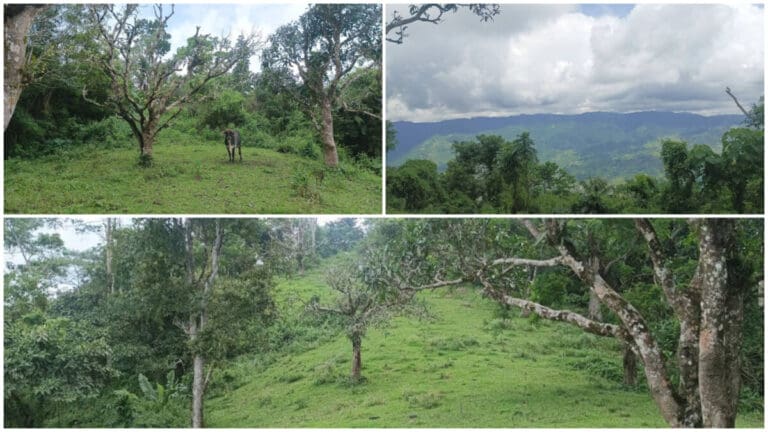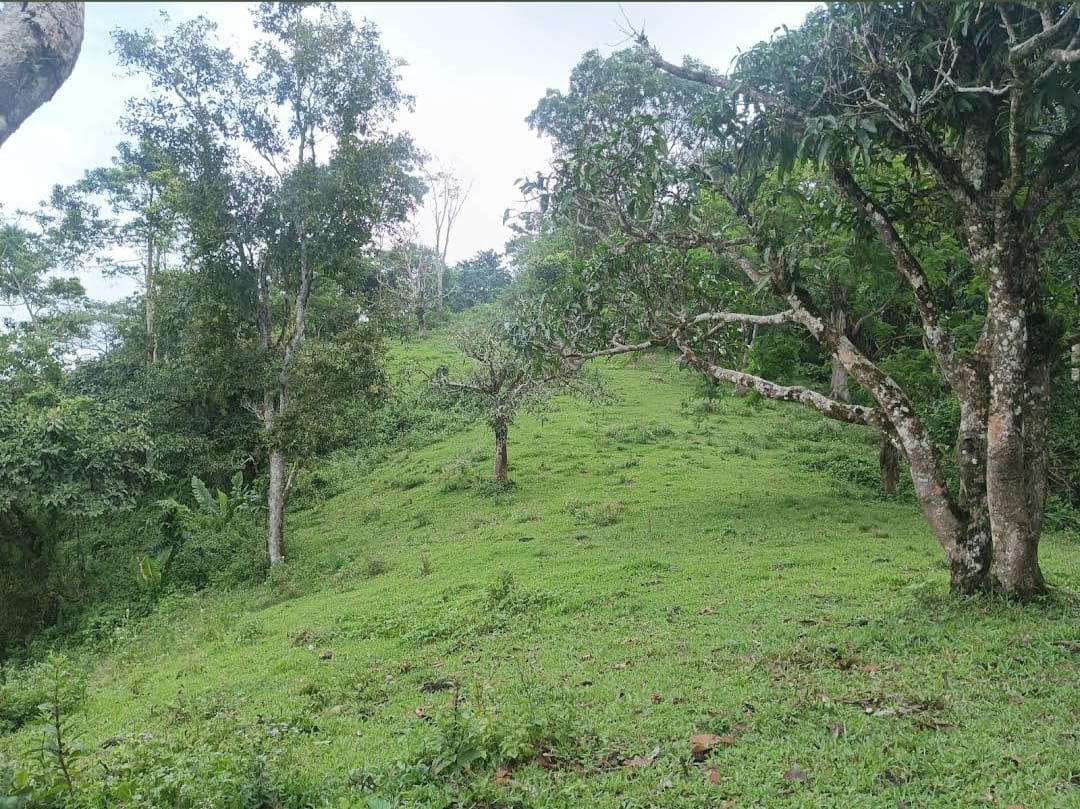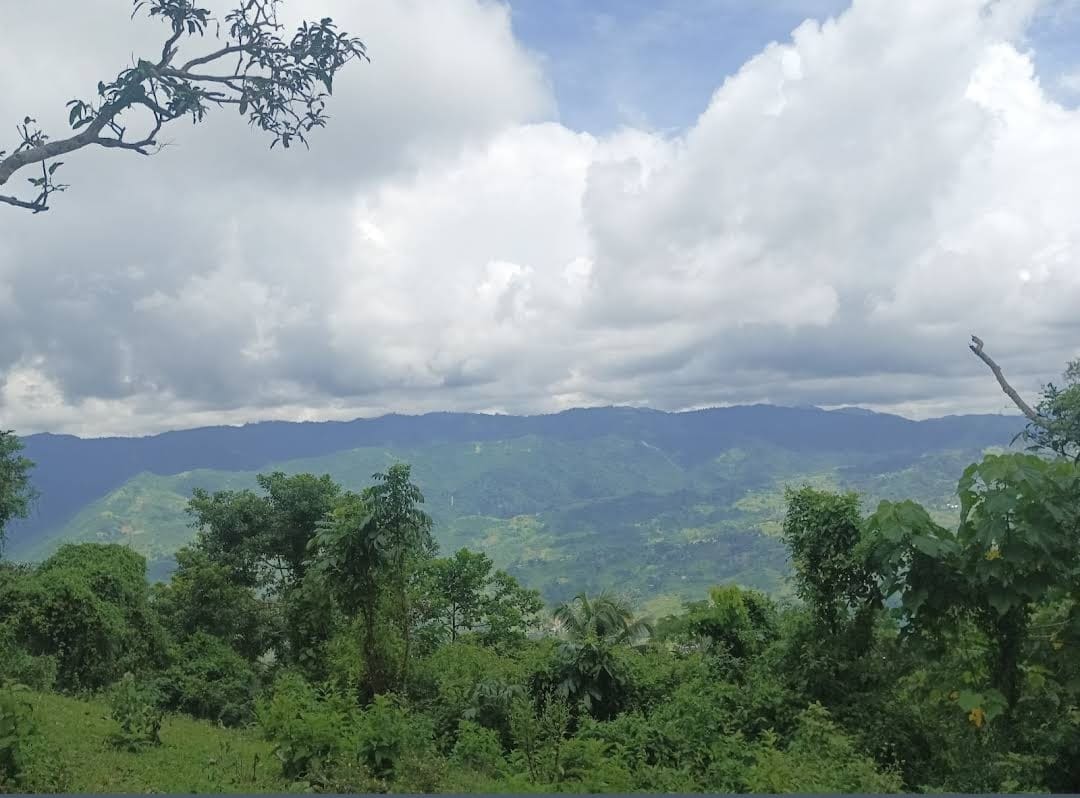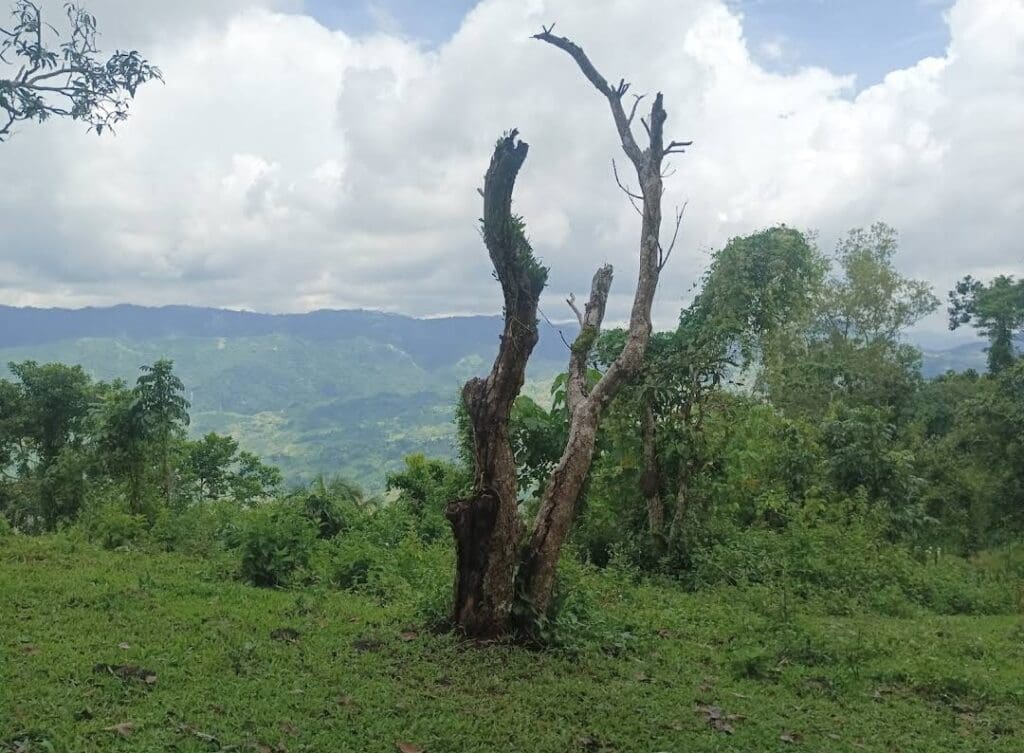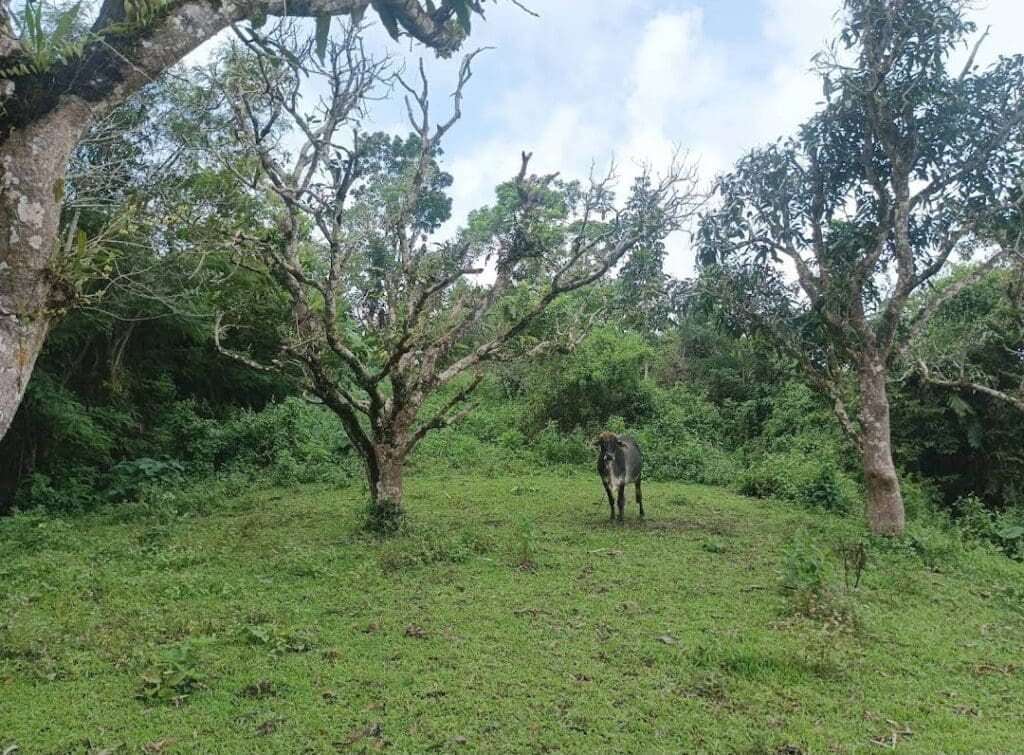
North Korea is reportedly experiencing a dramatic increase in suicides, with intelligence estimates suggesting a 40 percent rise from the previous year.
A Drastic Response

In reaction to this surge, Kim Jong Un has issued a secret order through local party committees, declaring that suicide is forbidden and must be prevented.
Politicizing Despair

The regime has characterized suicide as an “act of treason against socialism,” framing self-harm not merely as a personal tragedy but as a political crime.
Accountability at All Levels

Local government officials are being held responsible for preventing suicide in their jurisdictions. The order reportedly threatens them with consequences if they fail to curb the trend.
Desperation in the Provinces
At emergency meetings across the country, officials reportedly received grim data: dozens of suicides, including entire families, were documented in regions such as Chongjin and Kyongsong.
Voices of Rebellion

Some suicide notes shared in these gatherings directly criticized the state and its social system, a risk the regime clearly fears, interpreting them as political dissent.
Starvation at the Core
Sources suggest that the root cause of much of this despair is severe poverty and widespread hunger.
Punishing the Families

Beyond targeting individuals, the government appears to be using “crime-by-association” logic. Relatives of those who attempt or commit suicide may face political and social repercussions.
A Hidden Crisis
Analysts argue that by stamping suicide as a political betrayal, the regime is also criminalizing a humanitarian crisis, masking the desperate conditions driving North Koreans toward self-destruction.
The Stakes for Officials
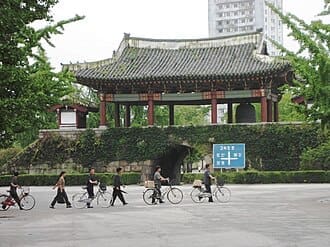
For local leaders, preventing suicide has become not just a moral duty but a political imperative. Their careers, and perhaps more, may depend on reducing the death toll.
A Grim Warning
Across the country, the message is clear: suicide is no longer a private act of pain, but a perceived betrayal of the regime. Those who fail may pay with their lives, and so may their families.









































